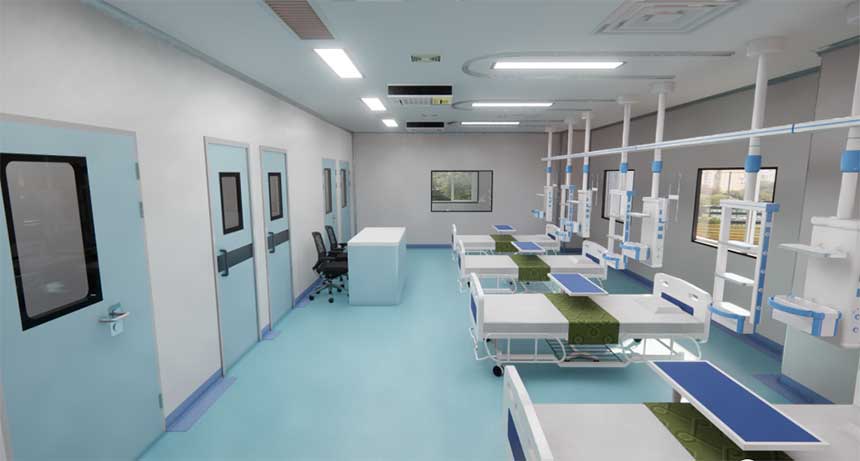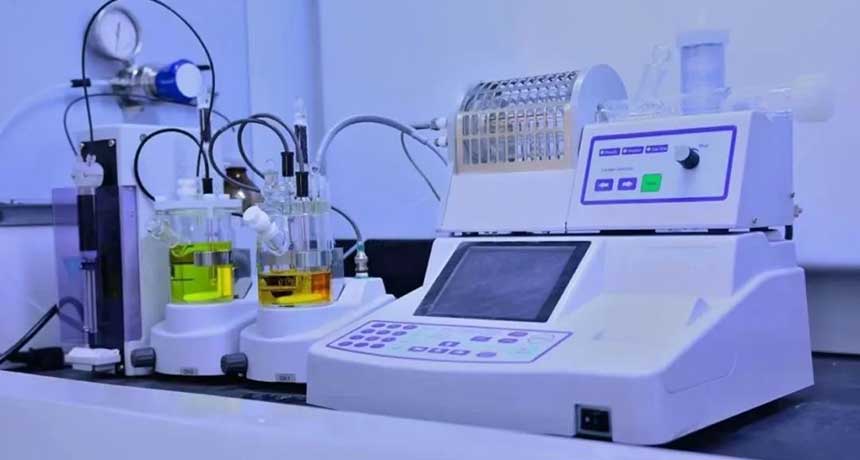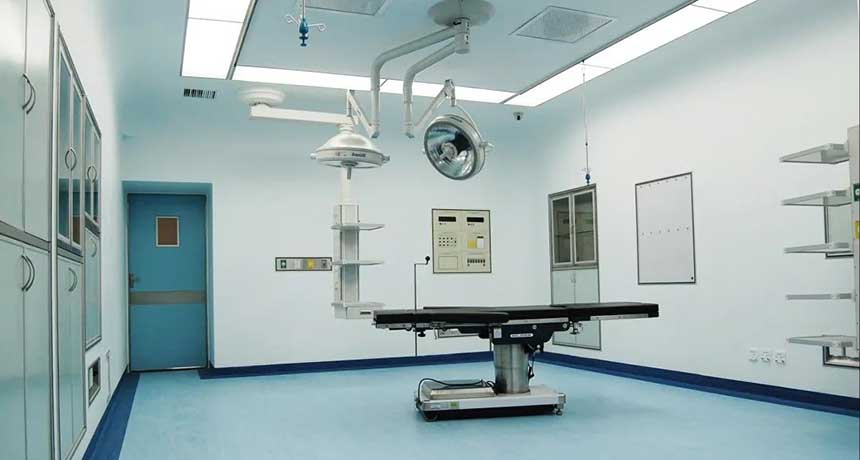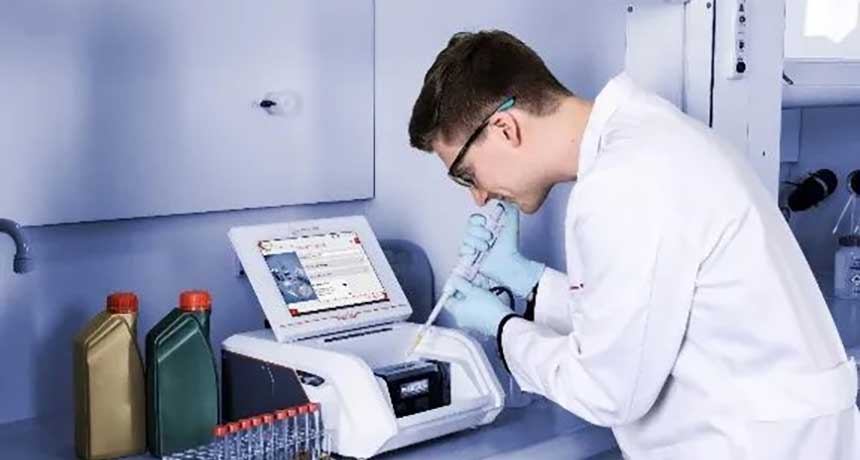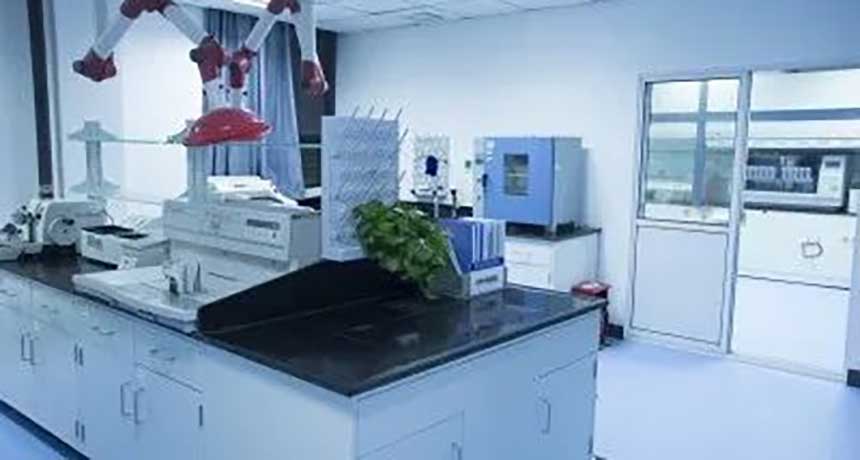1. Infrastructure configuration of ICU
Because the conditions of patients in ICU wards are different from those of patients in ordinary wards, their ward layout design, environmental requirements, bed functions, peripheral equipment, etc. are all different from ordinary wards, and ICUs with different specialties also require different equipment. same. The design and equipment configuration of the ward should be based on the principles of meeting needs, facilitating rescue, and reducing pollution.
Such as: laminar flow equipment. The anti-pollution requirements of ICU are relatively high. Consider using laminar flow purification facilities to reduce the chance of infection. In the ICU, the temperature should be maintained at 24±1.5℃; in the elderly patient ward, the temperature should be around 25.5℃.
In addition, the small operating room, dispensing room, and cleaning room of each ICU unit should be equipped with reflective hanging ultraviolet lamps for regular disinfection. An additional ultraviolet disinfection vehicle should be equipped to regularly disinfect unmanned spaces.
In order to facilitate rescue and transfer, sufficient power supply must be ensured in the ICU design. It is best to be equipped with dual-circuit and emergency power supplies, and important equipment should be equipped with uninterruptible power supplies (UPS).
In the ICU, there should be multiple gas pipelines at the same time. It is best to use a central supply of oxygen, a central supply of air, and a central vacuum. In particular, central oxygen supply can ensure that ICU patients continue to receive large amounts of oxygen, eliminating the need for frequent replacement of oxygen bottles and avoiding the contamination that oxygen bottles may bring into the ICU.
2. Basic standards and equipment configuration of ICU beds
Generally speaking, the selection of ICU beds should be suitable for the characteristics of ICU patients and should have the following functions:
①Multiple position adjustments can meet different clinical needs.
②It can be controlled by foot or hand to help patients turn over.
③It can be controlled by foot or hand to help patients turn over.
④Accurate weighing function. In order to closely monitor changes in fluid exchange, fat burning, sweat secretion, etc.
⑤ Back X-ray filming needs to be completed in the ICU, so the back panel needs to be equipped with X-ray cassette slide rails.
⑥ Ability to move and brake flexibly to facilitate rescue and transfer.
The basic configuration is as follows:
1. ICU bed and unit settings
Secondary hospitals generally have 4-8 ICU beds; ICUs in tertiary hospitals should be set up in separate units or managed in groups, with 8-12 beds in each ICU unit, or 8-12 beds in each group; ICU beds should be divided into single rooms or double room; the area of each ICU bed should not be less than 15 square meters; power supply, negative pressure suction, air and oxygen should be installed on the pendant tower or isolation belt of electrical and gas sources.
2.Instruments and equipment
①Monitor: Each ICU bed is equipped with one monitor, which can at least monitor ECG, respiration, non-invasive and invasive blood pressure, and oxygen saturation.
② Ventilator: Each monitoring bed is equipped with one ventilator, including one invasive ventilator with both non-invasive mode, or another non-invasive ventilator (only non-invasive mode). The ventilator should have pressure control and Under capacity control: A/C, SIMV, PSV, PEEP and other basic modes, each ICU bed is equipped with a set of simple respirators.
③ One external defibrillator.
④Each bed should be equipped with an infusion pump and a microinjection pump, or a set of 6-9 channel infusion workstations. A certain number of enteral nutrition infusion pumps should also be equipped.
⑤ 1 electrocardiograph.
⑥ Parenteral nutrition is equipped with a purification device.
⑦One temporary pacemaker.
⑧1 cooling blanket.
⑨An ICU with 6 beds is required to be equipped with a blood gas biochemical analyzer.
⑩An ICU with 6 beds is required to be equipped with a blood purification machine (CBP).
⑪An ICU with 8 beds requires one bronchoscope.
⑫ The establishment of an intensive care center (department) with two or more ICU units (specialty ICU) requires the provision of a bedside X-ray machine and bedside B-ultrasound.
⑬An ICU with 8 beds requires a central infusion management system.
⑭An ICU with 8 beds is required to be equipped with a cardiopulmonary function monitor.
⑮SICU and MICU require a set of neuromuscular electrophysiological function monitors.
When designing an ICU, the type of patient to be monitored must be considered to select an appropriate monitor. For example, a cardiac ICU and an infant ICU require different functional focuses of the monitors.
The equipment of ICU monitoring equipment is divided into two categories: single-bed independent monitoring system and central monitoring system.

The multi-parameter central monitoring system uses the network to display various monitoring waveforms and physiological parameters obtained from the bedside monitors of patients in each bed on the large-screen monitor of the central monitoring system, allowing medical staff to monitor each patient. Implement effective real-time monitoring.
In addition to conventional equipment and instruments, ICUs of different natures also need to be equipped with special equipment.
For example, in a cardiac surgery ICU, it must be equipped with a continuous cardiac output monitor, a balloon counterpulsator, a blood gas analyzer, a small rapid biochemical analyzer, a fiberoptic laryngoscope, a fiberoptic bronchoscope, as well as small surgical equipment and operating lights. , disinfection supplies, 2 sets of thoracotomy instrument kits, surgical instrument table, etc.
3. Safety and maintenance of ICU equipment
The ICU is a place where a large number of electrical appliances and medical equipment are used intensively. There are many high-current and high-precision medical equipment. Therefore, attention should be paid to the safe use and operation of the equipment.
In order to ensure that medical equipment works in a good environment, first of all, a stable power supply should be ensured for the equipment; the monitor should be located at a slightly higher location, which is convenient for observation and far away from other equipment to avoid interference with the monitoring signal. .
The equipment configured in modern ICU has high technical content and high professional requirements for operation.
In order to ensure the normal operation and use of ICU equipment, ICU wards of large hospitals should set up full-time maintenance engineers to guide doctors and nurses in the correct operation and use of equipment; assist doctors in setting machine parameters; and be responsible for the maintenance and replacement of equipment after use. Damaged accessories; regularly test the equipment and perform measurement calibration as required; promptly repair or send for repair of faulty equipment; register the use and repair status of the equipment and establish ICU equipment files.
YSENMED Medical Equipment has 20 years of experience in the medical equipment industry. We have a complete medical equipment supply chain, and we have absolute advantages in the construction of new hospital projects and some medical bidding projects. We have professional project managers to connect with you.




